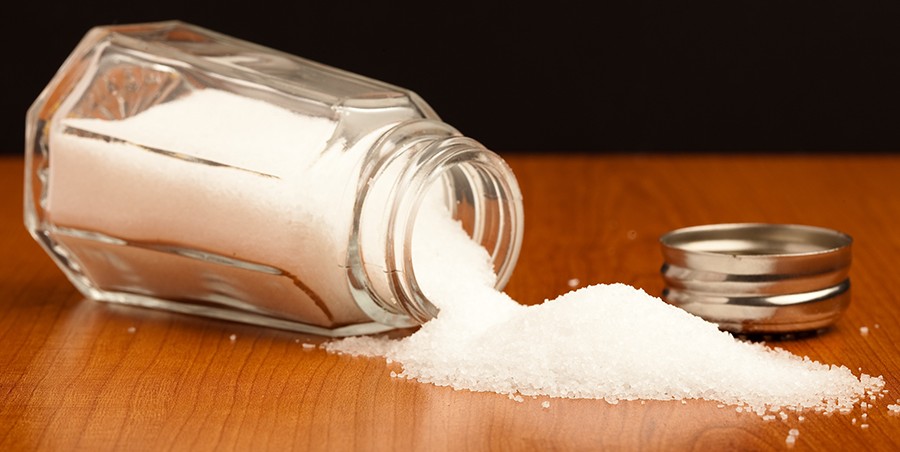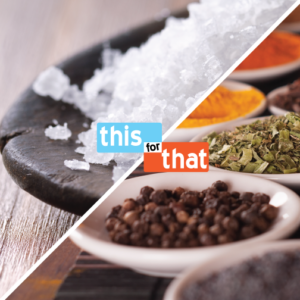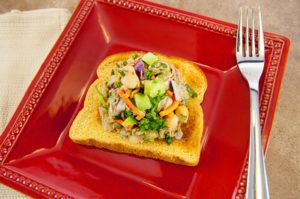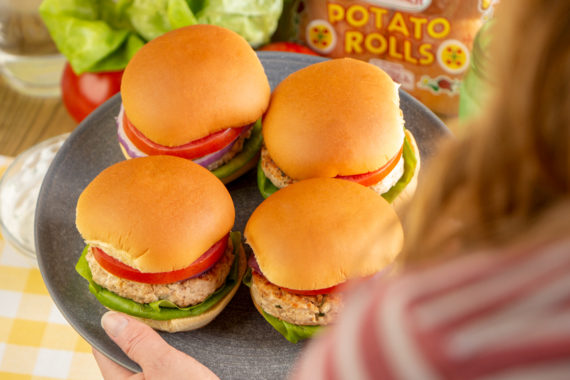National Nutrition Month®
March is National Nutrition Month®, an annual campaign by the Academy of Nutrition and Dietetics! Find out more at http://www.nationalnutritionmonth.org/ and http://www.eatright.org/.
Throughout this month, we will be focusing on the importance of good nutrition as part of a healthy lifestyle. This involves consuming the right amount of calories, being knowledgeable about what you are eating, and making sure you are getting the proper nutrients your body needs!
Sodium
This week, we will focus on sodium intake. Consuming large amounts of salt or sodium can lead to high blood pressure and put you at risk for certain diseases.

Consider some of the following tips to help reduce sodium intake in your daily diet:
Make it Fresh
When possible, choose fresh foods over processed; this makes it easier for you to control the sodium intake. Try making your own recipes from scratch instead of eating prepackaged or frozen meals.
Learn to appreciate the natural tastes of various foods and how different ingredients interact with each other. Try new combinations and jot down your favorite homemade recipes to share with your friends.
Make it Flavorful
 Instead of seasoning dishes with salt, try using more herbs, spices, and low-salt seasonings. Also be aware of the condiments you use – it they contain salt or sodium, use less or try lighter versions.
Instead of seasoning dishes with salt, try using more herbs, spices, and low-salt seasonings. Also be aware of the condiments you use – it they contain salt or sodium, use less or try lighter versions.
If you’re looking for ideas on how to incorporate this tip, check out this recipe for Italian Tuna Salad that we shared a few weeks back.
 Instead of adding extra salt, we added herbs like basil and cilantro, fresh veggies like celery, red onion and carrots, and some olive oil and lemon juice for extra flavor. With all of these flavorful ingredients, there’s no need for the added salt and it tastes just as delicious without negating any of the great health benefits.
Instead of adding extra salt, we added herbs like basil and cilantro, fresh veggies like celery, red onion and carrots, and some olive oil and lemon juice for extra flavor. With all of these flavorful ingredients, there’s no need for the added salt and it tastes just as delicious without negating any of the great health benefits.
Be Aware
When eating out, ask for a lower-sodium version of a meal, or get dressings and condiments on the side so you can use less.
When eating frozen or canned foods, look for added sodium and compare labels to find items with the lowest sodium.
Eat More Fruits and Veggies
Fruits and vegetables are naturally low in sodium; make sure to eat some at every meal. Many fruits and vegetables also contain potassium, which may help to lower your blood pressure. Potassium is found in foods like potatoes, bananas, beans, yogurt, and milk.
Sources:
- http://www.choosemyplate.gov/food-groups/downloads/TenTips/DGTipsheet14SaltAndSodium.pdf
- http://eatright.org: The Academy of Nutrition and Dietetics’ award-winning eatright.org brings consumers the latest science-based nutrition information.
The information provided on this website should not be regarded as medical advice or used during any medical emergency or for the diagnosis or treatment of any medical condition. This information is not a substitute for medical care provided by a licensed and qualified medical professional. A licensed and qualified medical professional should be consulted for the diagnosis and treatment of any and all medical conditions. Any links to other sites on this website are provided for information only – such links do not constitute endorsements of those other sites. See also our Terms of Use and Privacy Policy regarding use of this website.
Our latest content, delivered straight to your inbox.
Be the first to hear about our newest recipes, tips, and company updates!




